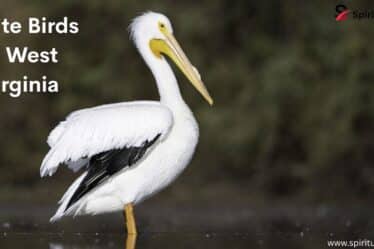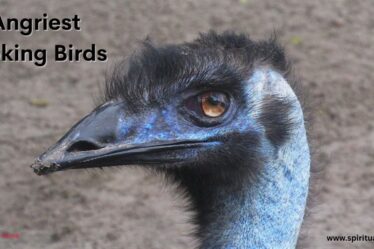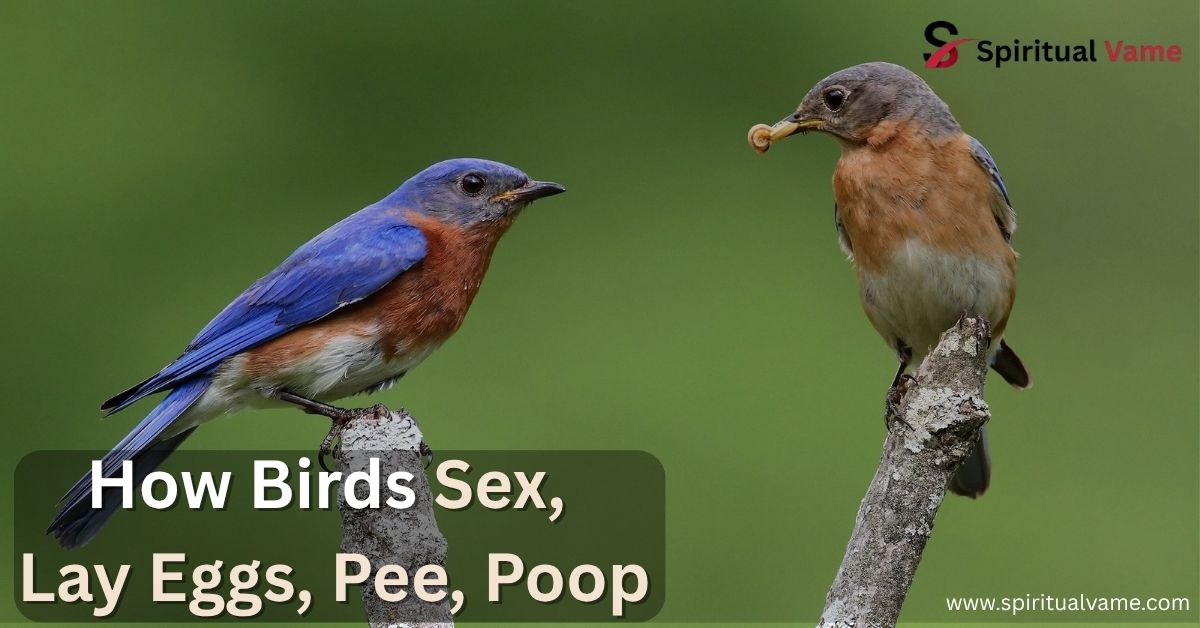
How birds sex, lay eggs, pee, poop . Birds have a very unique way of mating called the cloacal kiss. Unlike mammals, birds do not have external sex organs. Instead, they use a special opening called the cloaca. During the cloacal kiss, two birds briefly touch their cloacas together to transfer sperm. This quick action helps them reproduce without any complex mating process.
The cloacal kiss happens very fast but is very important for bird survival. It allows sperm to move from the male to the female in just a second. Some birds even prepare for the cloacal kiss with special courtship dances. In this blog, we will learn all about the cloacal kiss, how it works, and why it is so important in the bird world.
How Birds Sex, Lay Eggs, Pee and Poop? Explained.
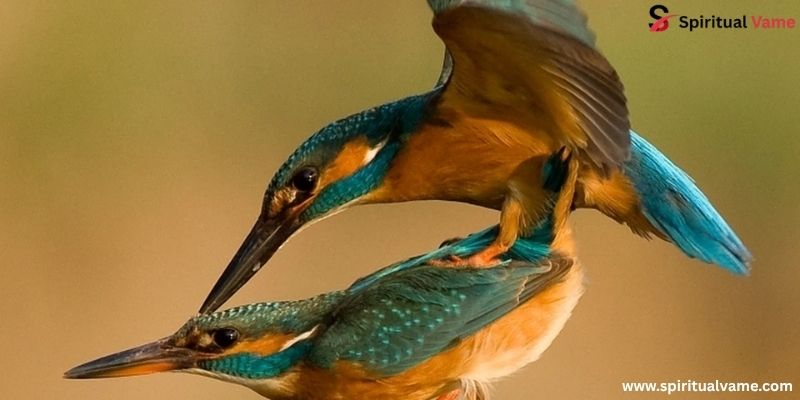
How Do Birds Have Sex?
In birds, the process of mating is truly remarkable. Birds don’t have external sex organs like mammals. Instead, both males and females have a cloaca, and they must perform what is called a cloacal kiss. During this cloacal union, the male bird mounts the female and they press their cloacal openings together. In a quick but crucial movement, sperm is passed from the male’s testes through his reproductive system and transferred to the female’s oviduct. This cloacal engagement happens very fast, sometimes lasting only a few seconds. Yet in that short moment, life begins.
Some birds have a slight cloacal swelling during the breeding season, which helps make sure the cloacal alignment is perfect for mating. The cloacal contact must be very precise, as missing the connection could mean no fertilization. After this act, sperm travels up the female’s oviduct, ready to fertilize an egg. The closeness, the perfect cloacal synchronization, and the delicate cloacal position show how carefully birds must move during mating.
How Do Birds Lay Eggs?
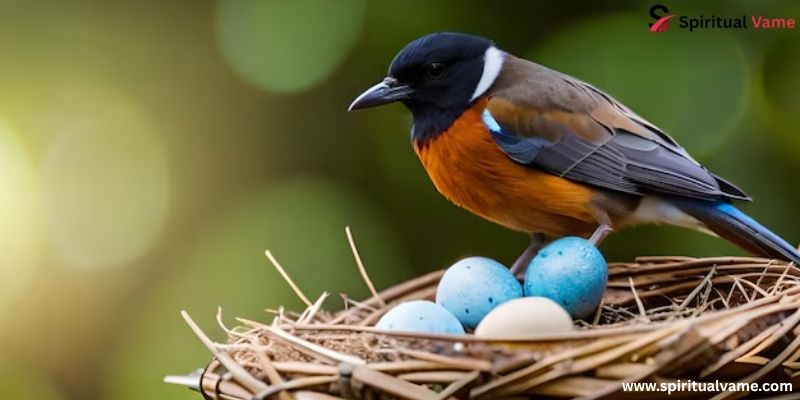
After the cloacal copulation and successful sperm transfer, fertilization happens inside the female bird’s body. The egg forms around the fertilized cell inside the oviduct. First, the yolk is developed, then the egg white, and finally the shell forms around the outside. The shell is made mainly of calcium and hardens to protect the growing chick. Once the egg is fully formed, it travels down the reproductive system and exits the bird’s body through the cloacal site.
Egg laying itself is a delicate process. Birds use a combination of muscle movements and cloacal gestures to safely push the egg out. Some birds, especially larger species, show clear signs of straining before laying. The entire cloacal movement is designed to be smooth to avoid damaging the egg. Once the egg is laid, the mother bird often immediately moves it to a nest for incubation.
How Do Birds Urinate?
How Birds Sex, Lay Eggs, Pee and Poop. Birds do not urinate like mammals. Instead of producing liquid urine, their urinary tract creates a solid or pasty substance called uric acid. This method of waste removal helps birds save water and stay lighter for flying. Inside the bird, waste is filtered by the kidneys and passed into the cloacal region without mixing with feces.
The white part of bird droppings that we often see is actually this uric acid paste. It leaves the body through the cloacal vent. Since birds combine their pee and poop in one motion, you usually don’t see them urinate separately. The efficiency of the cloacal function ensures that waste removal is quick and minimal, supporting the bird’s active lifestyle.
How Do Birds Poop?
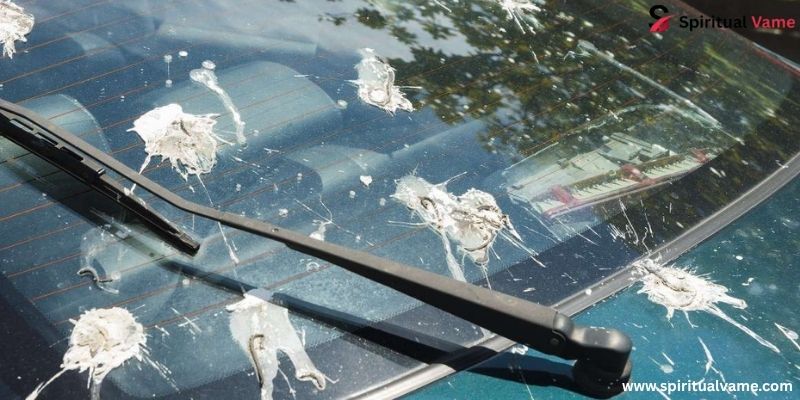
Just like urination, pooping in birds happens through the cloaca. Food travels down the digestive system into the intestines, where nutrients are absorbed. The leftover waste gathers in the cloacal area and is finally expelled as feces. Because birds have such a fast metabolism, they poop often — sometimes as frequently as every 15 minutes.
Bird poop is a mixture of solid waste and uric acid, making it different from the feces of mammals. The cloacal procedure to pass waste is smooth and quick. It allows birds to stay light and ready to fly at any time, showing just how important the cloacal operation is to their daily survival.
Why Do Birds Poop on a Car?
It’s a common complaint: you just washed your car and a bird decides to leave a mess. Birds often poop on cars because vehicles are reflective. Birds see their reflection and may think another bird is nearby, triggering territorial behavior. Also, cars parked under trees or power lines are natural resting places for birds, increasing the chance of getting hit.
From a bird’s perspective, a car is just another large, flat surface. The combination of random cloacal behavior and sheer probability leads to cars getting splattered. It’s not personal; it’s just nature, with a lot of cloacal action happening above!
How Do Birds Breathe?
Birds have one of the most efficient breathing systems in the animal kingdom. Their lungs are connected to air sacs that allow continuous airflow. Unlike mammals, birds breathe in and out simultaneously, ensuring their blood is constantly rich with oxygen.
This system works through a series of movements involving the lungs and air sacs. It allows birds to take in more oxygen with each breath, crucial for activities like flying at high altitudes. The clever arrangement of their breathing system supports their busy, energetic lives.
How Do Birds Sleep?
Birds sleep in many amazing ways. Some birds sleep while standing on one leg, while others float on water or hang upside down. They have a special ability called unihemispheric slow-wave sleep, meaning they can keep one eye open while the other half of their brain sleeps.
This sleeping style allows birds to stay alert to predators even while resting. The sleeping bird’s body continues essential functions like breathing and waste management, keeping the cloacal motion steady through the night. Sleeping safely requires clever cloacal coordination to avoid accidents.
How Do Birds Fly?
Flight is one of the most incredible things birds do. Their bodies are perfectly adapted with strong muscles, lightweight bones, and carefully designed feathers. Wings shape the air and create lift, allowing birds to soar through the sky with grace.
Flying demands a lot of energy. Every part of the bird’s body, including the air sacs, lungs, and cloacal performance, works together. Birds must manage their body weight precisely. Even their pooping habits help them stay light enough to take off quickly if danger approaches. Flight is the perfect example of how every part of a bird’s body has evolved for survival.
How Do Birds Communicate?
Birds are excellent communicators. They use songs, calls, body language, and even displays of their feathers to talk to one another. Communication plays a major role during the mating season, as birds sing or dance to attract mates.
Vocalizations can warn of predators, call to family members, or mark territory. Many birds also use courtship displays to strengthen bonds with their partners. Each signal, whether it’s a chirp or a fluff of the tail, involves careful cloacal conduct to maintain balance and posture during their interactions.
How Do Birds Mate?
Bird mating involves a lot of preparation. Birds use songs, dances, and beautiful feathers to attract a mate during the mating season. Once a partner is chosen, birds prepare for the special moment of the cloacal kiss. Timing and cooperation are everything, and both partners must perfectly align their cloacal points for successful fertilization.
During mating, the male presses his cloacal opening to the female’s, transferring sperm quickly. The moment is brief but crucial, requiring precise cloacal coordination.
The Equipment
Birds’ reproductive systems are simple but highly efficient. Males have testes that produce sperm, while females have an ovary that releases eggs into the oviduct. Most of the action happens inside the body, making birds more streamlined for flight.
The cloacal behavior is designed to serve multiple functions: reproduction, urination, and defecation. Birds rely on this compact system to keep their bodies ready for quick movements and long migrations.
The Act of Mating
When mating, the male bird jumps onto the female’s back. They adjust their positions carefully, aiming to bring their cloacal zones into contact. This cloacal touch is often quick, but it must be perfect. One mistake can mean no fertilization.
After the cloacal meeting, sperm moves swiftly up the female’s reproductive tract. From that moment, the journey toward new life begins inside the egg.
So Are Birds Exclusive?
Some birds are very loyal, staying with the same mate for life. Others may have several partners during one mating season. Monogamy is common in birds like swans and eagles, while other species may be more flexible.
The cloacal mating behavior varies greatly among species, depending on their environment and social structure. Each relationship reflects different strategies for survival and reproduction.
Ducks Do it Differently.
Unlike most birds, many ducks have a penis. This difference in cloacal development evolved for specific reproductive challenges in their watery habitats. Ducks also engage in more aggressive mating behavior compared to other birds.
Their anatomy shows that not all birds follow the same path when it comes to reproduction. Evolution has shaped each bird species differently based on its needs and environment.
Give Us Some Privacy Please!
Birds usually mate quickly and quietly to avoid predators. Most prefer hidden spots where they can complete their cloacal procedure without interruption. Their fast, stealthy approach to mating keeps them safe and increases the chances of producing healthy offspring.
Understanding their need for privacy helps us appreciate why we rarely witness bird mating, despite it happening all around us during the breeding season.
Animal Sex: How Birds Do It
Birds have evolved a wonderfully unique system for mating. Unlike mammals, they rely on the cloacal interface to transfer sperm, making the process both efficient and fast. This method highlights the deep connection between survival and reproduction in the bird world.
The world of avian reproduction is full of surprises, showing that sometimes the simplest systems are the most effective.
Do Birds Have Penises?
Most birds do not have penises. Instead, they rely on the cloacal kiss for sperm transfer. However, some species, like ducks and ostriches, still have penises.
The loss of external reproductive organs in most birds is believed to help with flying, reducing weight and drag. This adaptation shows how evolution shapes bodies for specific lifestyles.
How Do Male Birds Fertilize Eggs?
Male birds pass sperm through their cloacal area during the cloacal connection. The sperm travels into the female’s body, reaching the oviduct where it meets the egg.
Females can store sperm for weeks in special parts of their body, allowing fertilization to happen later. This hidden strategy gives birds more chances to produce successful offspring.
How Often Do Birds Mate?
Birds mate according to their species and environmental needs. Some mate daily during the mating season, while others mate just once and store sperm.
The frequency of mating depends on food availability, climate, and the demands of raising chicks. Efficient cloacal mating ensures that even a brief opportunity can lead to new life.
When Is Mating Season for Birds?
Most birds mate in the spring when food is abundant and weather is favorable. However, some tropical species mate year-round.
Changes in daylight length often trigger hormonal shifts, preparing birds’ bodies for mating. The timing is vital for chicks to hatch when conditions are best for survival.
Do All Birds Perform Mating Displays?
Many birds perform beautiful displays to attract mates. These can include singing, dancing, and showing off colorful feathers.
Each courtship display is a careful performance, showcasing strength, health, and readiness to mate. Birds that impress their partners often have the best chance at passing on their genes.
Conclusion
The world of birds is truly amazing. From the moment of the cloacal kiss to the laying of an egg and the act of pooping, everything birds do is designed for survival and success. Learning about how birds sex, lay eggs, pee, poop gives us a deeper appreciation for nature’s creativity and the brilliant adaptations that keep birds thriving in every corner of the world. Whether soaring through the skies or singing sweetly in the trees, birds show us that life finds a way — sometimes in the most surprising ways.

